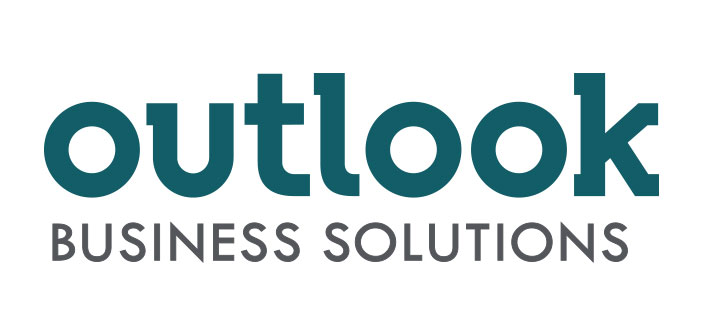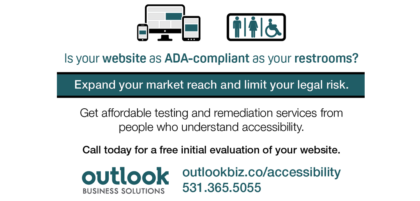Automated Beta Testers vs. Real-Life Beta Testers
Your fingers manipulate keys, navigating a webpage. Arrowing down, the cursor lands on a picture, and you hear, “Two people and a baby.” Great, you think, no context. You continue to arrow down, finding what you think is text, but there’s little contrast between the background and text. Now, you skip around the page and hear “Graphic.” But no description is available to indicate the graphic.
This is an example of the online exclusion blind and low vision people encounter daily when accessing websites and apps. Digital platforms drive our lives, but accessibility barriers lead to frustration.
Companies are cracking the door open on inclusive design. Microsoft, Amazon, and even social media sites like Facebook and Twitter have considered accessibility. Many companies rely on automated software to test accessibility. Automated accessibility checkers—including IBM Equal Access Accessibility Checker and WCAG Accessibility Audit Developer—scan digital platforms, notifying developers when certain aspects lack accessibility.
According to Harvard Business, inherent bias is often an unintentional product in the creation and construction of digital platforms. Ultimately, digital platforms are shaped by the experiences of the creators, not necessarily consumers.
The web content accessibility guidelines provide basic protocols for creating accessible digital content. Automated checkers improve accessibility when developers lack specific knowledge, but nothing substitutes employing real-life testers with the first-hand experience to shape the creation of inclusive platforms.
Consumers with disabilities need to be directly involved and guide the testing process. It’s the difference between a sketch and a portrait. Automated testers create an outline, a sketch of accessibility needs, but actual disabled testers fill in the sketch, informing developers of specific needs and notifying when automated systems have missed something.
Outlook Business Solutions can run diagnostics, analyzing how accessible your website and/or app is. Skilled technicians will test various aspects of your online/digital platforms and provide suggestions you can implement to ensure your content meets with ADA and WCAG guidelines. Outlook Business Solutions’ technicians are not only knowledgeable about accessibility for low-vision people, but they are also low-vision and use accessible tech and software themselves. These technicians marry knowledge with lived experience and will assist in shaping a broader user experience. This will provide your company with a broader market reach and lessen your legal risk.


